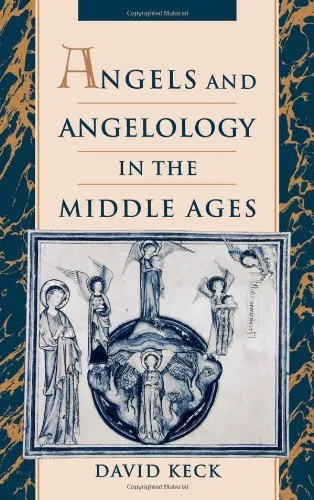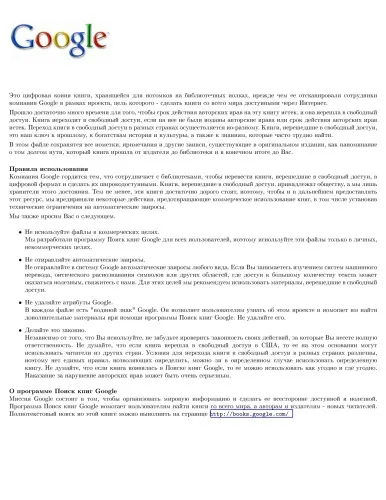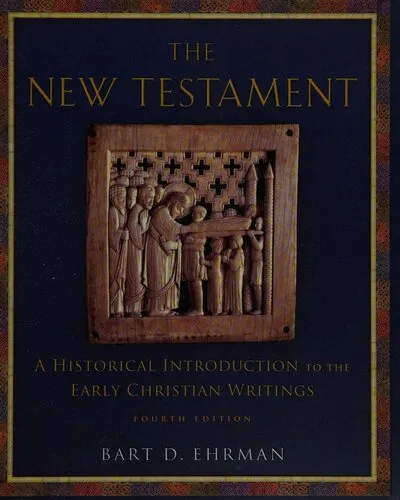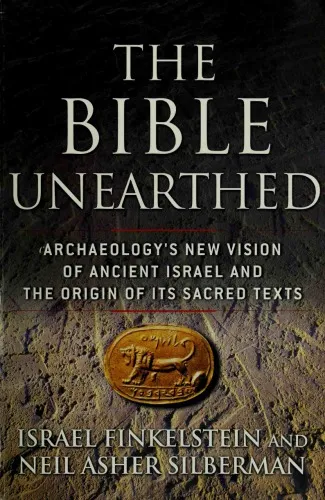Misquoting Jesus: The Story Behind Who Changed the Bible and Why
4.5
Reviews from our users

You Can Ask your questions from this book's AI after Login
Each download or ask from book AI costs 2 points. To earn more free points, please visit the Points Guide Page and complete some valuable actions.Related Refrences:
Introduction to "Misquoting Jesus: The Story Behind Who Changed the Bible and Why"
"Misquoting Jesus: The Story Behind Who Changed the Bible and Why" is a provocative and insightful work by renowned biblical scholar Bart D. Ehrman. Published in 2005, the book explores the fascinating and often complex history behind the texts of the New Testament. As it delves into the practice of scriptural transmission and the human influences that have shaped these sacred writings, Ehrman's work raises important questions about authorship, authenticity, and accuracy.
Summary of the Book
Ehrman's "Misquoting Jesus" offers a meticulous examination of the textual variations found within the New Testament, a collection of texts that have been copied and recopied for centuries. Ehrman traces his own journey from being a devout Christian with a literal belief in the Bible to becoming a scholar deeply concerned with the historical integrity of its texts. By presenting evidence from early manuscripts and comparing them with their later versions, Ehrman reveals numerous discrepancies and alterations introduced over time, often with significant theological implications.
The book dives deep into textual criticism, the scholarly endeavor of assessing and correcting errors and alterations that have crept into the biblical manuscripts. Ehrman illustrates how various scribes, through intentional and unintentional changes, have influenced the transmission of the New Testament. Some changes were introduced to resolve perceived contradictions or theological disputes, while others resulted from simple copying errors.
Furthermore, "Misquoting Jesus" provides insight into the socio-religious contexts in which these changes occurred, showing how early Christian communities and their doctrinal struggles impacted the scriptural text. By exploring these dynamics, Ehrman emphasizes the human element behind the Bible's development.
Key Takeaways
- The transmission of biblical texts over centuries has resulted in numerous textual variations.
- Textual criticism is an essential tool for understanding the historical contexts and implications of these variations.
- Scribes consciously and unconsciously made changes that shifted theological interpretations.
- Understanding the historical development of scriptural texts can lead to a deeper appreciation for their complexity and influence.
Famous Quotes from the Book
"With the disappearance of the originals, what we have are copies, the vast majority of which are centuries removed from the originals and different from them, evidently, in thousands of ways."
"The scribes who copied the texts changed them. Sometimes by accident, sometimes on purpose."
Why This Book Matters
"Misquoting Jesus" challenges readers to reconsider the nature of biblical authority and authenticity. It underscores the intricate process by which the Bible was compiled, preserved, and altered, offering a glimpse into the many hands that have shaped its course. For scholars, theologians, and laypeople alike, the book serves as both a historical investigation and a call to critical engagement with texts so integral to Western thought and religious tradition.
By bridging the gap between academic scholarship and public understanding, Bart D. Ehrman invites readers to explore the profound implications of textual changes and to reevaluate how we comprehend sacred scripture in light of its human influences. In doing so, "Misquoting Jesus" has become a pivotal work for anyone interested in the history of the Bible and its role in contemporary society.
Free Direct Download
You Can Download this book after Login
Accessing books through legal platforms and public libraries not only supports the rights of authors and publishers but also contributes to the sustainability of reading culture. Before downloading, please take a moment to consider these options.
Find this book on other platforms:
WorldCat helps you find books in libraries worldwide.
See ratings, reviews, and discussions on Goodreads.
Find and buy rare or used books on AbeBooks.
1460
بازدید4.5
امتیاز0
نظر98%
رضایتReviews:
4.5
Based on 0 users review
Questions & Answers
Ask questions about this book or help others by answering
No questions yet. Be the first to ask!















